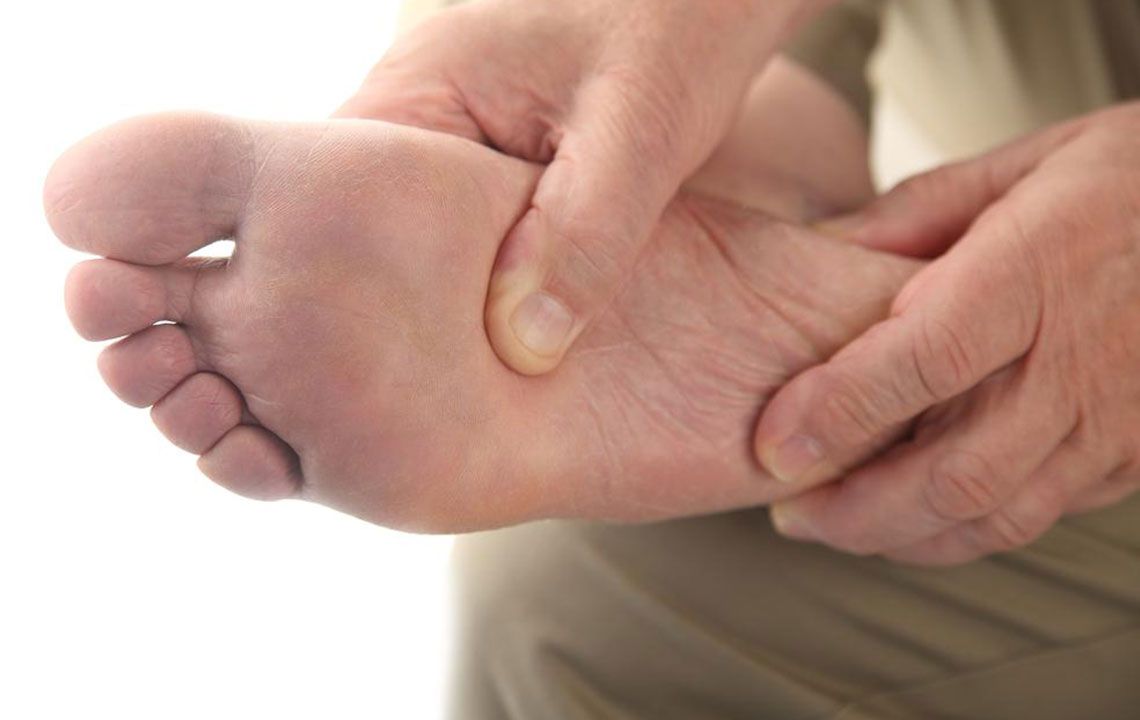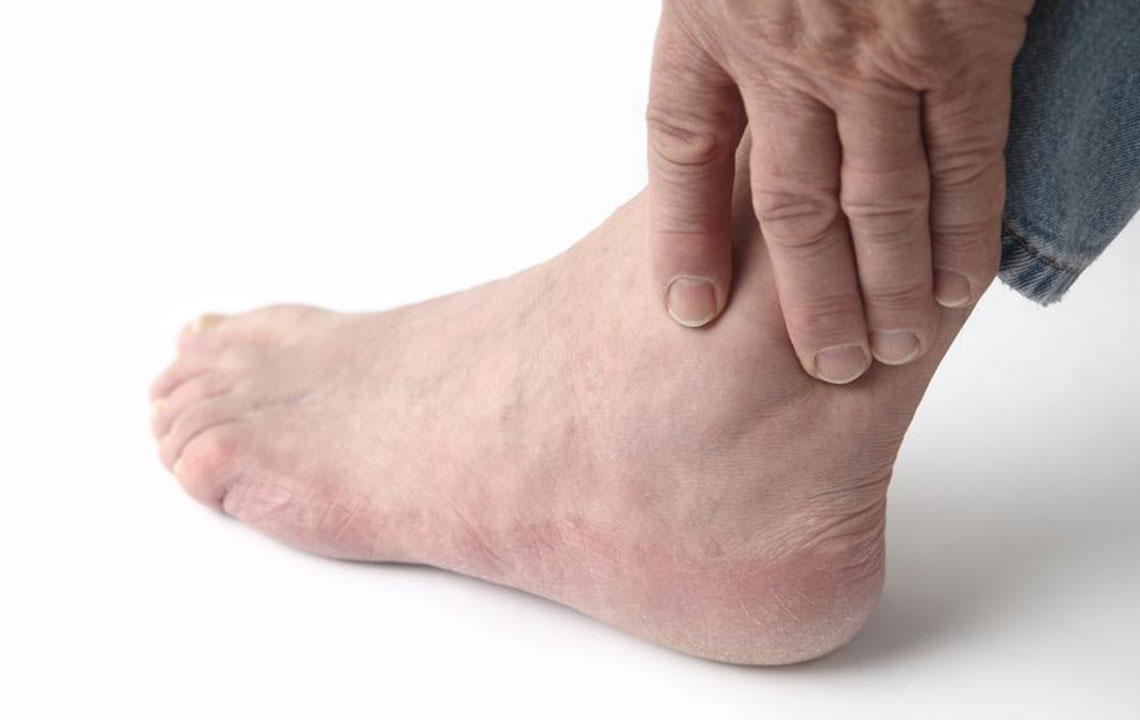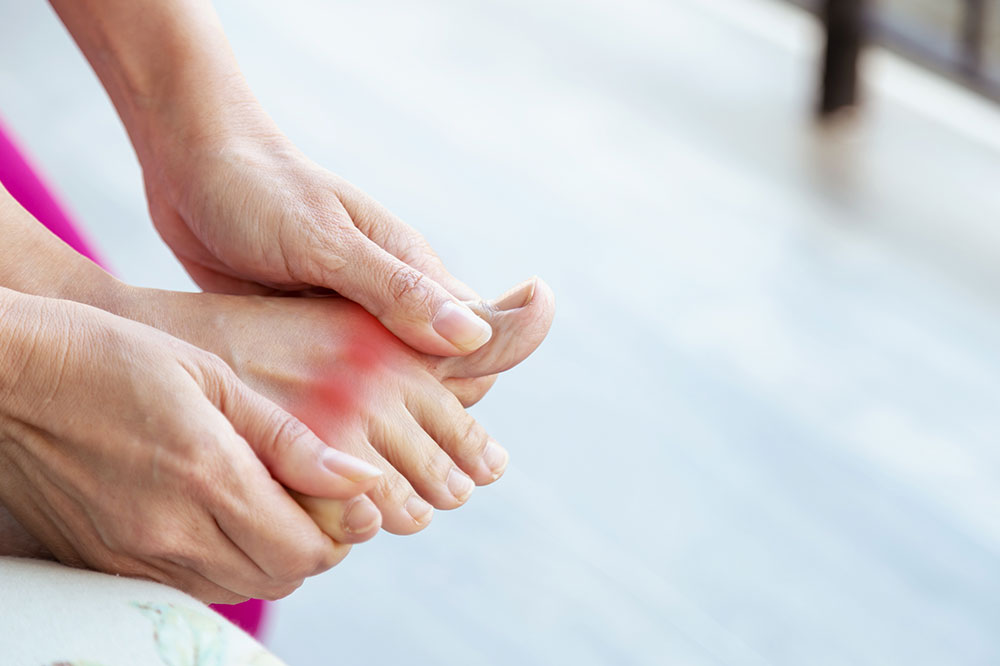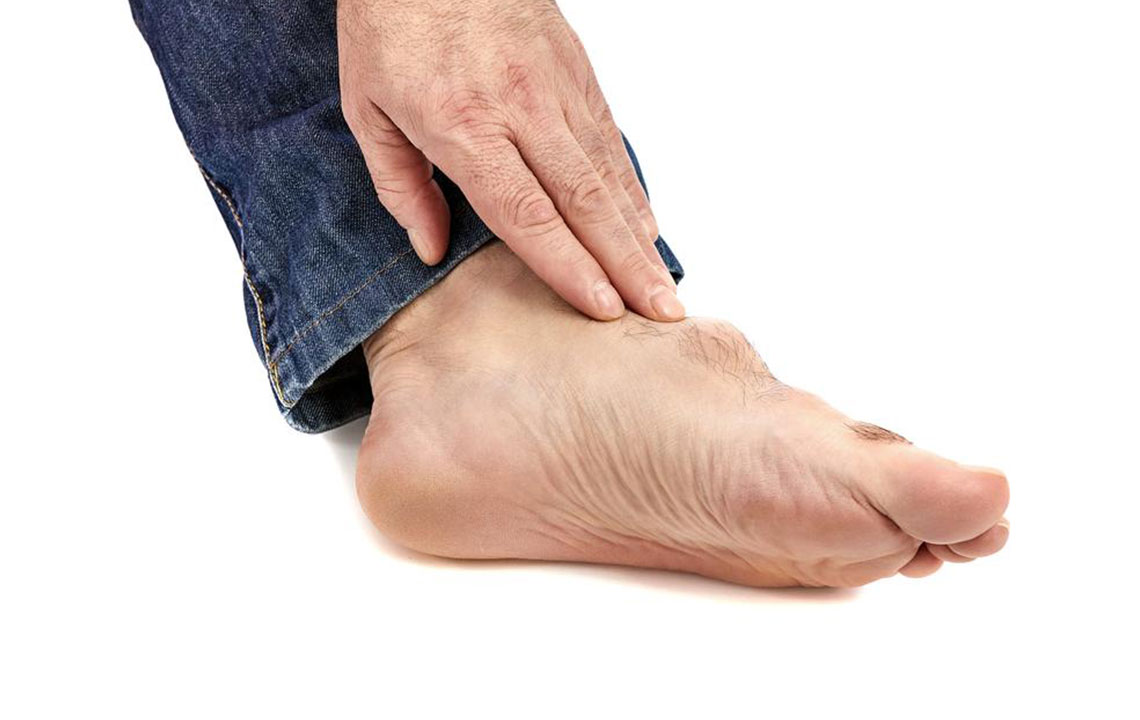Comprehensive Guide to Recognizing and Managing Gout-Related Foot Pain
This comprehensive article explores gout foot pain, focusing on causes, symptoms, risk factors, and methods of management. It emphasizes lifestyle modifications, diagnostic procedures, and medical treatments essential for preventing recurrent gout attacks and joint damage. Through informed strategies, patients can effectively control symptoms, reduce pain, and enhance their quality of life. The article also highlights the importance of early detection and professional medical advice to prevent long-term complications associated with gout.

Understanding Gout Foot Discomfort: Symptoms, Causes, and Effective Management Strategies
Gout is a complex form of inflammatory arthritis characterized by sudden, intense episodes of joint pain, swelling, and redness. It typically affects the foot, especially the big toe, but can also impact other joints such as the ankles, knees, and wrists. Gout develops due to the accumulation of uric acid crystals within joints, provoking a strong inflammatory response that results in excruciating pain and discomfort. If not appropriately managed, recurrent gout attacks can cause irreversible joint damage and compromise surrounding tissues, significantly impairing an individual’s quality of life.
Understanding the Underlying Causes of Gout
Gout is primarily caused by elevated levels of uric acid in the blood—a condition known as hyperuricemia. Uric acid is a waste product formed during the breakdown of purines, which are substances found naturally in the body as well as in certain foods. When the body produces too much uric acid or the kidneys fail to eliminate it efficiently, uric acid levels rise and can precipitate into sharp crystals within joints, triggering gout attacks.
Several factors contribute to increased uric acid levels, including genetic predisposition, obesity, metabolic syndrome, and certain medical conditions like high blood pressure and diabetes. Lifestyle choices also play a significant role. Consuming a diet high in purine-rich foods such as red meats, shellfish, and some fish varieties boosts uric acid production. Alcohol intake, particularly beer and spirits, hampers uric acid clearance, further raising levels. Obesity is linked to increased uric acid production and reduced renal excretion, making weight management a critical aspect of gout prevention and control.
Recognizing the Symptoms of Gout in the Foot
Gout attacks typically occur suddenly, often during the night or early morning hours. The hallmark symptom is intense joint pain—described as throbbing, burning, or stabbing—that often peaks within a few hours. The affected joint becomes swollen, warm, and extremely tender to touch. Redness and visible inflammation are common, giving the joint a shiny appearance. In many cases, the pain subsides within a few days, but subsequent attacks can last longer and affect different joints.
Initial gout episodes commonly affect the big toe (known as podagra), but other joints such as the ankles, knees, wrists, and fingers are also susceptible. Repeated attacks can cause joint deformities and permanent damage if not treated promptly. Recognizing early symptoms and seeking medical intervention is vital for effective management.
Risk Factors That Increase Susceptibility
Understanding the risk factors associated with gout helps in prevention and early detection. Factors that increase the likelihood of gout include obesity, excessive alcohol consumption, a diet rich in red meats and certain types of seafood, and specific medical conditions such as hypertension, insulin resistance, and chronic kidney disease. Certain medications, such as diuretics and low-dose aspirin, can also elevate uric acid levels, increasing attack risk.
Genetics can influence how a person metabolizes uric acid, making some individuals more predisposed to hyperuricemia and gout. Lifestyle habits like dehydration or infrequent fluid intake can exacerbate the problem by reducing the kidneys' ability to eliminate uric acid. Additionally, addressing these risk factors is fundamental to reducing attack frequency and severity.
Importance of Lifestyle Modifications and Prevention
While gout can be effectively managed with medical treatments, lifestyle changes play a crucial role in preventing future attacks and minimizing joint damage. Adopting a balanced diet low in purine-rich foods, increasing hydration, and maintaining a healthy body weight are essential steps. Regular physical activity helps improve metabolic health, although high-impact exercises should be approached cautiously during flare-ups.
Limiting alcohol intake, especially beer and spirits, can significantly lower uric acid levels. Smoking cessation is also advisable, as smoking hampers overall health and can worsen inflammatory responses. Monitoring uric acid levels regularly through blood tests enables early intervention before symptoms become severe.
Effective Medical Treatments for Gout
Proper diagnosis of gout involves a combination of clinical assessment, joint fluid analysis, and blood tests measuring uric acid levels. Joint fluid analysis involves extracting a sample of synovial fluid with a needle, which may reveal needle-shaped uric acid crystals under microscopy—confirming the diagnosis. Blood tests help Determine if uric acid levels are elevated, although these levels can sometimes be normal during an attack.
Once diagnosed, gout management includes medications aimed at relieving pain and reducing uric acid levels. Nonsteroidal anti-inflammatory drugs (NSAIDs), colchicine, and corticosteroids are commonly prescribed during acute attacks to alleviate pain and inflammation. Long-term treatment often involves urate-lowering therapies such as allopurinol or febuxostat, which help prevent future attacks by controlling uric acid production.
In addition to pharmacological approaches, lifestyle modifications are integral to comprehensive gout management. Applying ice packs to affected joints reduces swelling and pain. Ensuring adequate hydration supports renal uric acid clearance. Patients are advised to wear comfortable, loose-fitting shoes to minimize pressure on inflamed joints. In some cases, surgical intervention might be necessary for severe joint damage, but this is generally a last resort after other treatments have failed.
Additional Tips for Managing Gout Pain
Besides medication, several self-care strategies can help manage gout symptoms effectively. Resting and elevating the painful joint reduces swelling. Applying cold compresses or ice packs for 15–20 minutes at regular intervals provides symptomatic relief. Staying well-hydrated—aiming for at least 8-10 glasses of water daily—helps flush out uric acid. Avoid foods and beverages that trigger gout attacks, such as sugary drinks, organ meats, and fried foods.
Wearing loose, comfortable clothing prevents constriction and eases joint movement. Maintaining an ideal body weight through healthy eating and exercise can significantly decrease attack frequency. Regular monitoring of uric acid levels and ongoing medical consultation are key to tailoring treatment plans and preventing recurrent episodes.
Conclusion: The Path to Prevention and Better Quality of Life
Gout is a chronic condition that, with proper management, can be controlled effectively. Recognizing early signs, understanding risk factors, and making necessary lifestyle adjustments are fundamental to preventing severe attacks and joint damage. The combination of medical treatment and lifestyle modifications empowers individuals to manage symptoms and improve their overall health. Early diagnosis and consistent care are vital for minimizing pain and maintaining mobility, allowing individuals to lead active and fulfilling lives despite gout.





